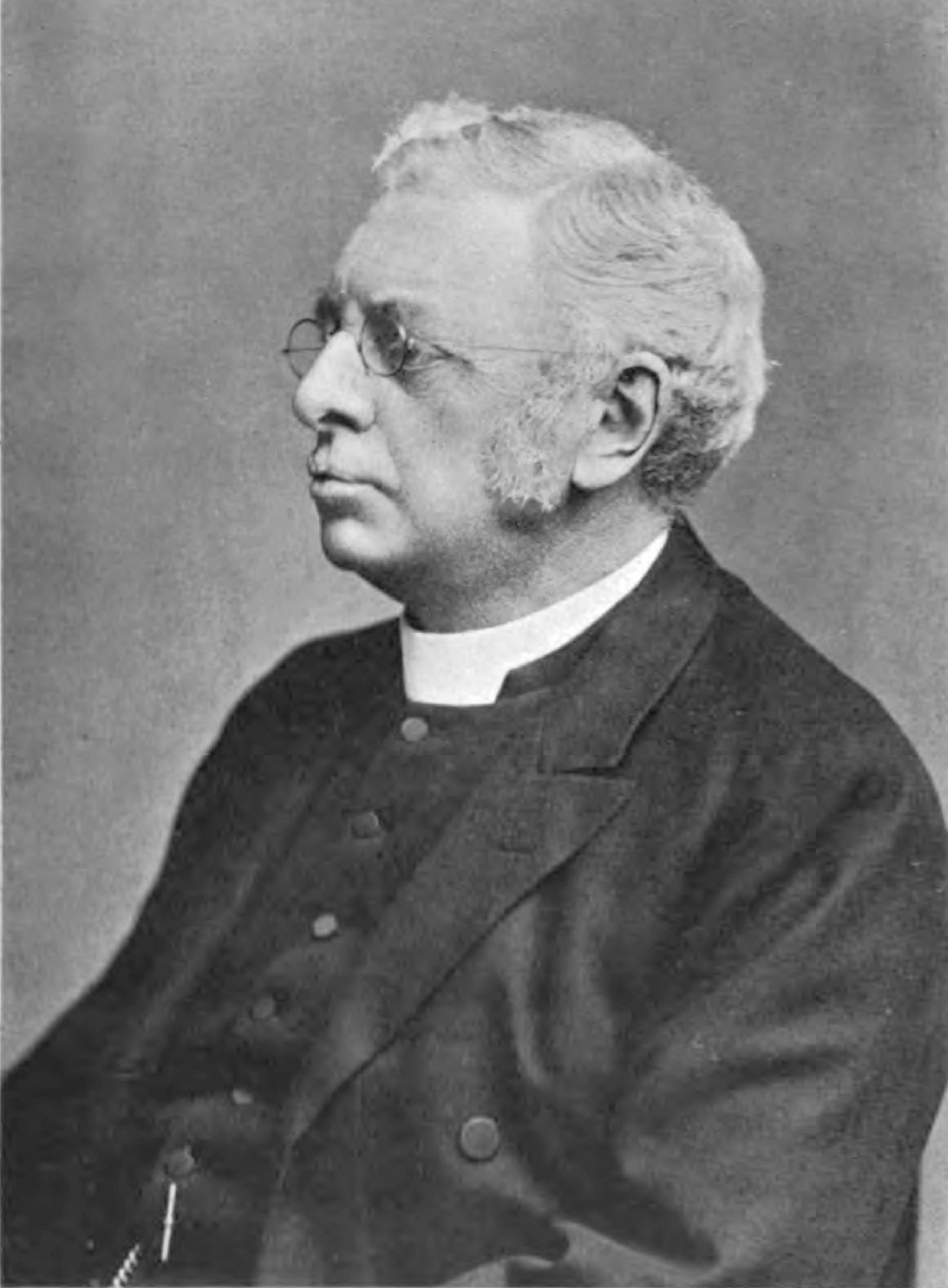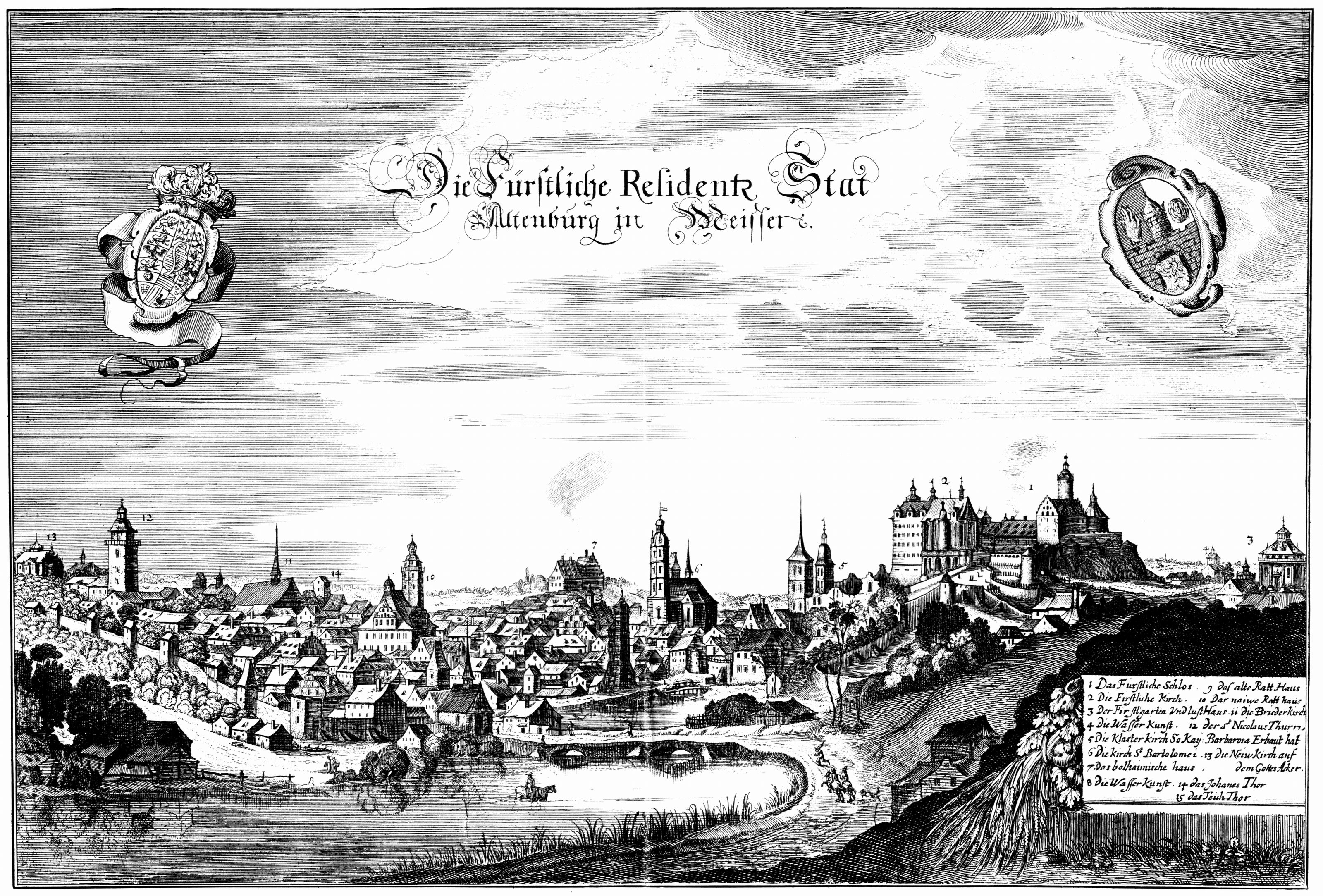|
Liebster Gott, Wenn Werd Ich Sterben
"Liebster Gott, wann werd ich sterben" ("Dearest God, when will I die") is a Lutheran hymn which Caspar Neumann, an evangelical theologian from Breslau, wrote around 1690. The topic of the hymn, which has five stanzas of eight lines, is a reflection on death. An elaborate analysis of the hymn's content was published in 1749. A few text variants of the hymn originated in the 18th century. Neumann's text is usually sung to the hymn tune of " Freu dich sehr o meine Seele". Daniel Vetter, a native of Breslau, set the hymn in the first half of the 1690s, and published this setting in a version for SATB singers in 1713. This setting was picked up by Johann Sebastian Bach, who based some of his compositions on it. His chorale cantata based on Neumann's hymn, ''Liebster Gott, wenn werd ich sterben'', BWV 8, was first performed in Leipzig in 1724, Vetter's hymn tune, Zahn No. 6634, appearing in its outer movements. The closing chorale of BWV 8 is a reworked version of V ... [...More Info...] [...Related Items...] OR: [Wikipedia] [Google] [Baidu] |
Vetter Portrait (1709)
Vetter is a German language surname, which means "cousin". It may refer to: People *Anouk Vetter (born 1993), Dutch athlete *Austin Anthony Vetter (born 1967), American Roman Catholic bishop * Brian Vetter (born 1985), American lacrosse player *Conrad Vetter (1547–1622), German writer *Craig Vetter (born 1942), American businessman *Daniel Strejc-Vetterus (1592-1669?), Czech priest, author *Darci Vetter (born 1974), American diplomat *David Vetter (1971–1984), American immunodeficiency sufferer *Fred W. Vetter Jr. (1921–2002), American general *Günter Vetter (1936–2022), Austrian politician *Helmut Vetter (1910–1949), German Nazi SS officer at Auschwitz concentration camp executed for war crimes *Hermann Vetter (born 1933), German translator * Jessica Vetter (born 1985), American ice hockey player *Johannes Vetter (born 1993), German athlete * Louis F. Vetter (1857–1923), American businessman *Michael Vetter (1943–2013), German composer and artist * Nicolaus Vetter ... [...More Info...] [...Related Items...] OR: [Wikipedia] [Google] [Baidu] |
Movement (music)
A movement is a self-contained part of a musical composition or musical form. While individual or selected movements from a composition are sometimes performed separately as stand-alone pieces, a performance of the complete work requires all the movements to be performed in succession. A movement is a section Section, Sectioning or Sectioned may refer to: Arts, entertainment and media * Section (music), a complete, but not independent, musical idea * Section (typography), a subdivision, especially of a chapter, in books and documents ** Section sig ..., "a major structural unit perceived as the result of the coincidence of relatively large numbers of structural phenomena". Sources Formal sections in music analysis {{music-stub ... [...More Info...] [...Related Items...] OR: [Wikipedia] [Google] [Baidu] |
Novello & Co
Wise Music Group is a global music publisher, with headquarters in Berners Street, London. In February 2020, Wise Music Group changed its name from The Music Sales Group. In 2014 Wise Music Group (as The Music Sales Group) acquired French classical music publisher Éditions Alphonse Leduc. Éditions Alphonse Leduc publishes classical music by French composers including Jacques Ibert, Henri Dutilleux, Olivier Messiaen, Francis Poulenc, and Joseph Canteloube. It also publishes operatic works by Italian composers Gioachino Rossini and Vincenzo Bellini, and works by Muzio Clémenti, Johannes Brahms, and Pyotr Tchaikovsky. In March 2017, The Music Sales Group acquired disco publisher Bleu Blanc Rouge from Belgian record producer and songwriter Jean Kluger. In April 2018, Music Sales sold its physical and online print divisions, including Musicroom, to Milwaukee-based publisher Hal Leonard for $50 million. Hal Leonard will continue to distribute Wise Music's publishing catalogue wo ... [...More Info...] [...Related Items...] OR: [Wikipedia] [Google] [Baidu] |
John Troutbeck
Reverend Doctor John Troutbeck (November 12, 1832, Blencowe–October 11, 1899, London) was an English clergyman, translator and musicologist, a Canon Precentor of Westminster Abbey and Chaplain-in-Ordinary to Queen Victoria, whose renown rests on his translation into English of various continental choral texts including the major works of J.S. Bach. He additionally translated oratorios by Beethoven, Brahms, Dvořák, Gounod, Liszt, Saint-Saëns, Schumann and Weber, as well as secular operas by Mozart, Gluck and Wagner. He also compiled psalters and hymnals and worked on the Revised Version translation of the Bible. Origins Troutbeck was born in the village of Blencowe in the parish of Dacre in Cumberland on 12 November 1832. He was the son of a country gentleman, George Troutbeck (1795-1848), and his wife Eliza Stephenson (1799-1877). He had a plaque erected in the Troutbeck Chapel, built in 1443 in the church of St Mary's-on-the-Hill in Chester, which acknowledged his ances ... [...More Info...] [...Related Items...] OR: [Wikipedia] [Google] [Baidu] |
Charles Sanford Terry (historian)
Charles Sanford Terry (24 October 1864, Newport Pagnell – 5 November 1936, Aberdeen) was an English historian and musicologist who published extensively on Scottish and European history as well as the life and works of J. S. Bach. Career Terry was the eldest son of Charles Terry, a physician, and Ellen Octavia Prichard. After attending St Paul's Cathedral School, King's College School, and Lancing College, he was an undergraduate at Clare College, Cambridge, where he obtained a B.A. in history (2nd class) in 1886 and an M.A. in 1891. He held lectureships in history at Durham College of Science (now part of the University of Newcastle-upon-Tyne), the University of Aberdeen and the University of Cambridge. In 1901 he married Edith Mary Allfrey of Newport Pagnell, daughter of Francis Allfrey, a brewer; the marriage was childless. He was appointed Burnett-Fletcher Professor of History and Archaeology at the University of Aberdeen from 1903 until his retirement in 1930. He serve ... [...More Info...] [...Related Items...] OR: [Wikipedia] [Google] [Baidu] |
Hymn Metre
A hymn metre (''US:'' meter) indicates the number of syllables for the lines in each stanza of a hymn. This provides a means of marrying the hymn's text with an appropriate hymn tune for singing. Hymn and poetic metre In the English language poetic metres and hymn metres have different starting points but there is nevertheless much overlap. The hymn ''Amazing Grace'' is used as an example: :Amazing grace, how sweet the sound :that saved a wretch like me. :I once was lost, but now am found, :was blind, but now I see. Analyzing this, a poet would see couplets with four iambic metrical feet in the first and third lines, and three in the second and fourth. A musician would more likely count eight syllables in the first line and six in the second. This would be described as 8.6.8.6 (or 86.86). The words of ''Amazing Grace'' can therefore be set to any tune that has the 8.6.8.6 metre, for example ''The House of the Rising Sun''. Conventionally most hymns in this 86.86 pattern are iam ... [...More Info...] [...Related Items...] OR: [Wikipedia] [Google] [Baidu] |
St Mary Magdalene Church, Wrocław
St. Mary Magdalene Church in Wrocław, Poland, is a gothic church located between Szewska and Laciarska street close to the central market square, established in the 13th century. Currently it is a cathedral of the Polish Catholic Church led by Piotr Mikolajczak.On 21 October 1523, the first Lutheran services in Breslau were held here. The church is named after Jesus' companion Mary Magdalene. Description During the Second World War the church was seriously damaged. In 1945 the legendary Sinner's Bell, which was the biggest Silesian bell, was also damaged. St Mary Magdalene was rebuilt during the period 1947–1953. The most precious relic of the church is a Romanesque portal dating from the 12th century, coming from a Benedictine , image = Medalla San Benito.PNG , caption = Design on the obverse side of the Saint Benedict Medal , abbreviation = OSB , formation = , motto = (English: 'Pray and Work') , foun ... ... [...More Info...] [...Related Items...] OR: [Wikipedia] [Google] [Baidu] |
Altenburg
Altenburg () is a city in Thuringia, Germany, located south of Leipzig, west of Dresden and east of Erfurt. It is the capital of the Altenburger Land district and part of a polycentric old-industrial textile and metal production region between Gera, Zwickau and Chemnitz with more than 1 million inhabitants, while the city itself has a population of 33,000. Today, the city and its rural county is part of the Central German Metropolitan Region. Altenburg was first mentioned in 976 and later became one of the first German cities within former Slavic area, east of the Saale river (as part of the medieval Ostsiedlung movement). The emperor Frederick I, Holy Roman Emperor, Frederick Barbarossa visited Altenburg several times between 1165 and 1188, hence the town is named a Barbarossa city, Barbarossa town today. Since the 17th century, Altenburg was the residence of different House of Wettin, Ernestine duchies, of whom the Duchy of Saxe-Altenburg, Saxe-Altenburg persisted until th ... [...More Info...] [...Related Items...] OR: [Wikipedia] [Google] [Baidu] |
Jena
Jena () is a German city and the second largest city in Thuringia. Together with the nearby cities of Erfurt and Weimar, it forms the central metropolitan area of Thuringia with approximately 500,000 inhabitants, while the city itself has a population of about 110,000. Jena is a centre of education and research; the Friedrich Schiller University was founded in 1558 and had 18,000 students in 2017 and the Ernst-Abbe-Fachhochschule Jena counts another 5,000 students. Furthermore, there are many institutes of the leading German research societies. Jena was first mentioned in 1182 and stayed a small town until the 19th century, when industry developed. For most of the 20th century, Jena was a world centre of the optical industry around companies such as Carl Zeiss, Schott and Jenoptik (since 1990). As one of only a few medium-sized cities in Germany, it has some high-rise buildings in the city centre, such as the JenTower. These also have their origin in the former Carl Zeiss factor ... [...More Info...] [...Related Items...] OR: [Wikipedia] [Google] [Baidu] |
Silesia
Silesia (, also , ) is a historical region of Central Europe that lies mostly within Poland, with small parts in the Czech Republic and Germany. Its area is approximately , and the population is estimated at around 8,000,000. Silesia is split into two main subregions, Lower Silesia in the west and Upper Silesia in the east. Silesia has a diverse culture, including architecture, costumes, cuisine, traditions, and the Silesian language (minority in Upper Silesia). Silesia is along the Oder River, with the Sudeten Mountains extending across the southern border. The region contains many historical landmarks and UNESCO World Heritage Sites. It is also rich in mineral and natural resources, and includes several important industrial areas. The largest city and Lower Silesia's capital is Wrocław; the historic capital of Upper Silesia is Opole. The biggest metropolitan area is the Upper Silesian metropolitan area, the centre of which is Katowice. Parts of the Czech city of Ostrav ... [...More Info...] [...Related Items...] OR: [Wikipedia] [Google] [Baidu] |
Wrocław
Wrocław (; german: Breslau, or . ; Silesian German: ''Brassel'') is a city in southwestern Poland and the largest city in the historical region of Silesia. It lies on the banks of the River Oder in the Silesian Lowlands of Central Europe, roughly from the Baltic Sea to the north and from the Sudeten Mountains to the south. , the official population of Wrocław is 672,929, with a total of 1.25 million residing in the metropolitan area, making it the third largest city in Poland. Wrocław is the historical capital of Silesia and Lower Silesia. Today, it is the capital of the Lower Silesian Voivodeship. The history of the city dates back over a thousand years; at various times, it has been part of the Kingdom of Poland, the Kingdom of Bohemia, the Kingdom of Hungary, the Habsburg monarchy of Austria, the Kingdom of Prussia and Germany. Wrocław became part of Poland again in 1945 as part of the Recovered Territories, the result of extensive border changes and expulsions ... [...More Info...] [...Related Items...] OR: [Wikipedia] [Google] [Baidu] |
.png)





